
Engine driving mobility
Leslie D. Green
Thursday, May 31, 2018
Entrepreneurial ecosystem creates opportunities for emerging companies
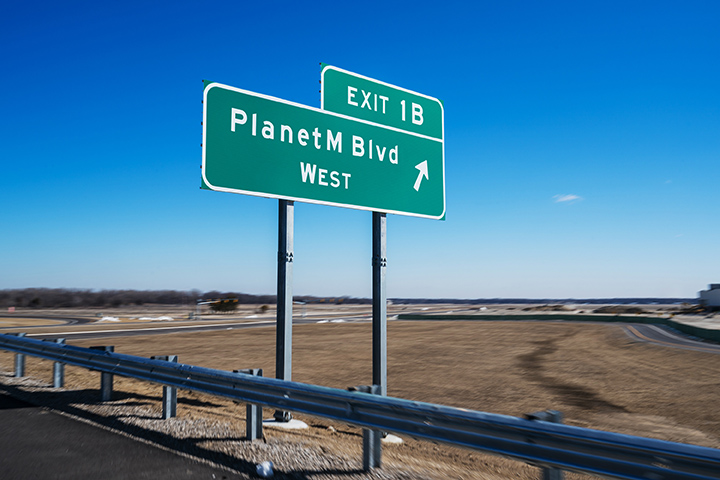
The U.S. auto industry employs 1.7 million people, produces nearly 8 million spinoff jobs, and contributes about 3.5 percent to the gross domestic product yearly. It’s no wonder, then, the United States economy relies heavily on automakers and that economists consistently call for the development of new industries—just in case.
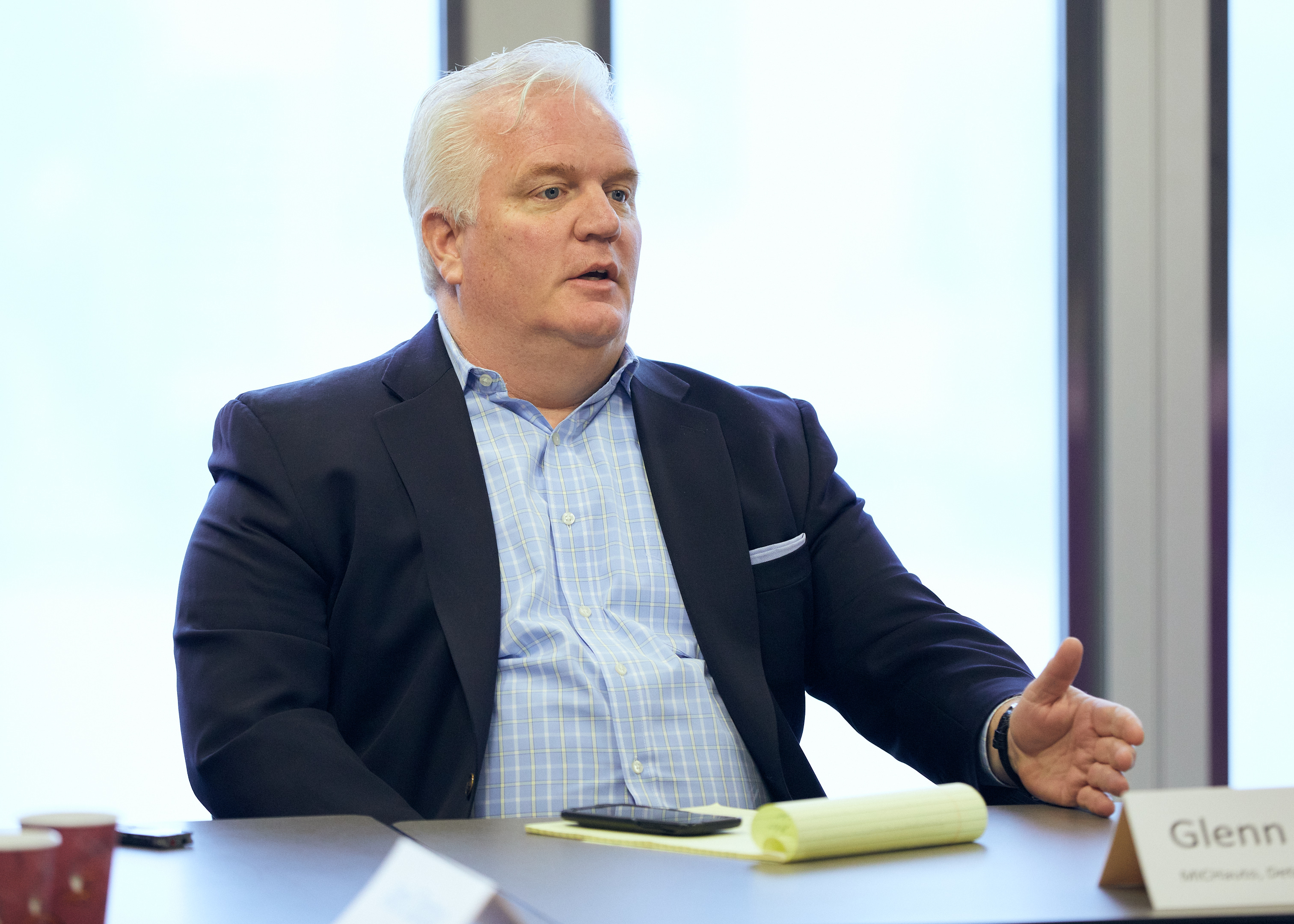
and vice president of Automotive and Mobility
Initiatives at the Detroit Regional Chamber
“For many years, we said we need to diversify away from the auto industry,” said Glenn Stevens, executive director of MICHauto and vice president of Automotive and Mobility Initiatives at the Detroit Regional Chamber. “I would argue that the greatest platform for diversification is the auto industry.”
Stevens is referring to the way Michigan’s established and startup businesses are disrupting the world through development of advanced mobility solutions. For example:
- The automotive supply chain is evolving low-level vehicles to include connected and automated options to improve road safety.
- State and local governments are installing smart infrastructure to improve the lives of communities and individuals alike.
- Tech companies are creating collaborative robots and other internet-of-things technologies that make businesses run more efficiently.
Take Ford Motor Co. and General Motors Co., for instance. Last year, GM announced it would equip vehicle-to-vehicle (v2v) communications in the Cadillac CTS. And Ford recently said it would phase out sales of sedans in North America and accelerate the development and deployment of autonomous vehicles (AV).
Original equipment manufacturers (OEMs)—such as Ford and GM—and tier 1 auto suppliers aren’t evolving their brands alone. They are working alongside startups, local and state governments, academia and even former competitors to increase driver, pedestrian, bicyclist and aerial safety; generate equity; grow talent and jobs; and build smart cities for what futurists predict will be a highly automated, resource-scare future.
“We’re all collaborating,” said Trevor Pawl, group vice president of PlanetM, the mobility arm of the Michigan Economic Development Corp.
In the spirit of collaboration, PlanetM partnered with Crain Content Studio, the custom publishing division of Crain’s Detroit Business, to discuss with leading mobility thought leaders how Michigan is staying ahead of the competition.
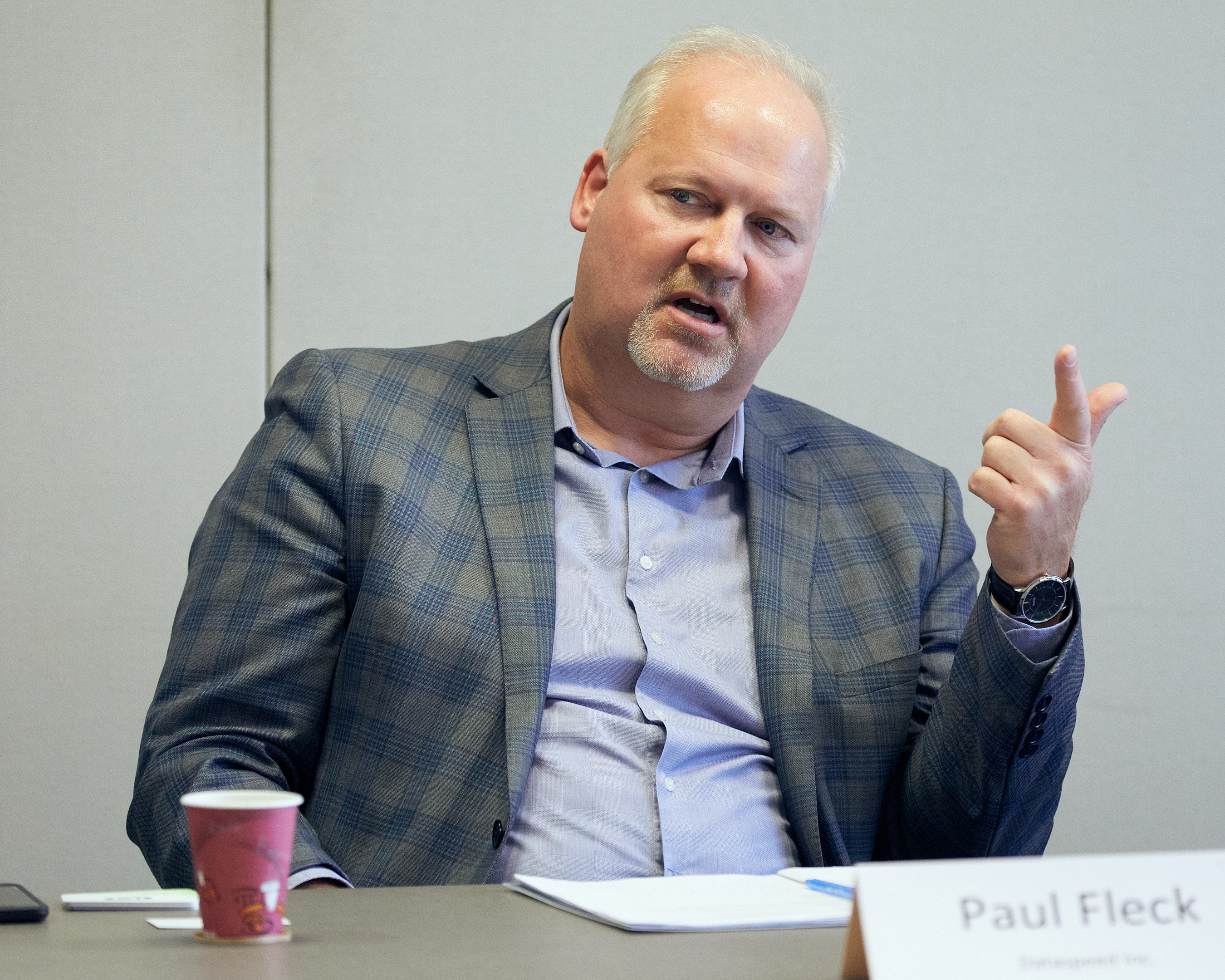
Leadership from state government has been fundamental to Michigan’s ability to remain competitive as startups and so-called “big-tech” companies attempt to build cars they can pair with their technology.
“People in California are our biggest competitor,” said Paul Fleck, founder and CEO of Dataspeed Inc., a Rochester Hills-based startup that builds autonomous test platforms and develops collaborative robots for plant use. “But they trivialize what it takes to build cars or to make money off cars.”
Some companies are starting to understand, countered Richard Wallace, director of Transportation Systems Analysis at the Center for Automotive Research. “‘Oh, you mean the brakes have to work every time? This is hard,’” he mocked.
Wallace said Michigan OEMs and tier 1s are reemerging as leaders. “Maybe Waymo (the autonomous-vehicle development arm of Google) is up there with them. But building a whole car that includes the automation? GM is way in front of Waymo.”
While an app may have 50,000 lines of code and a fighter jet upwards of 7 million, land-based vehicles like the Ford GT contain 10 million lines of code. Stevens said this is just one proof point that Michigan was leading in transportation-related mobility technology five years ago and is still leading today.
“The competition is just more intense,” he said. “You have Detroit, but you also have Stuttgart, Shanghai and Seoul and every place on the globe that wants to be the global center for mobility. But we set a blueprint for connected infrastructure some years ago.”
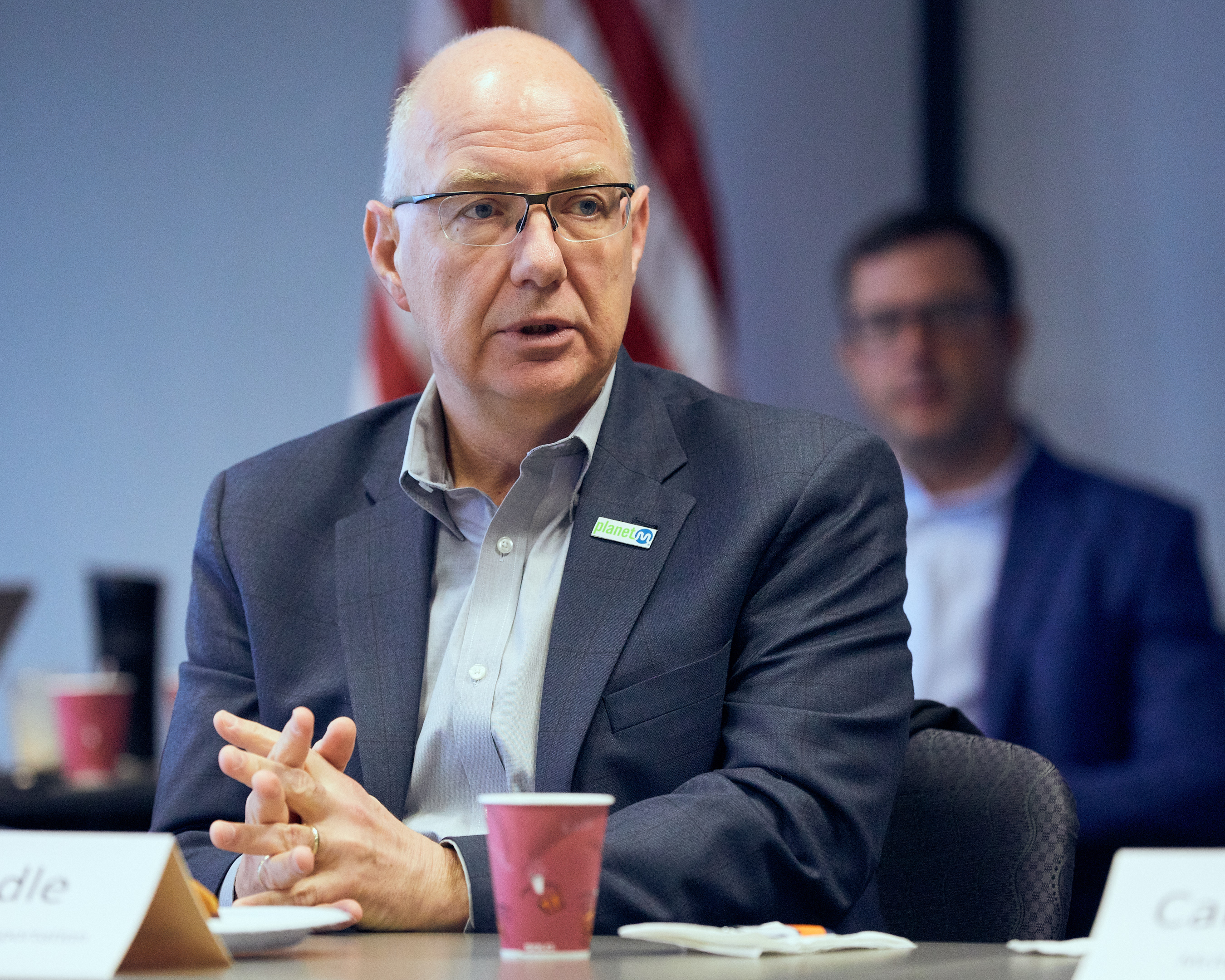
Department of Transportation (MDOT)
Michigan Gov. Rick Snyder meets monthly with mobility-based assets, associations and strategic partners, Pawl said. As a result, he added, “We all know each other’s bottlenecks and opportunities and help each other all along the way,” he added.
And while other states gather task forces, none have the capabilities and caliber of participants of the Council on Future Mobility, said Kirk Steudle, director of the Michigan Department of Transportation (MDOT).
The 21-person council, launched by MDOT in 2016, counts representatives from the state, OEMs, Tier 1 suppliers, insurance, and even a disability advocate among its participants.
“(The council is) focusing on liability issues, insurance issues, cybersecurity issues, talent issues and then some pilot projects,” said Steudle.
One such project: high-definition map upgrades. Because accurate maps are necessary for AVs to operate safely, the Council organized a public-private partnership that allows public vehicles equipped with privately developed sensors to gather road data for R&D. According to the council’s 2018 annual report, Michigan would be the only state with such a map database.
Major corporations aren’t the only ones working with the state representatives.
Cybersecurity startup Karamba Security came about to help minimize the effect of ransomware on the auto industry.
“People expected me to go out to Silicon Valley or Portland or Seattle or Boston,” said Ami Dotan, CEO and co-founder of Karamba, which has offices in Israel and Japan. Dotan ultimately located his U.S. office in Bloomfield Hills, Mich., because, he said, Michigan “is where the action is.”
In Michigan, he is able to meet regularly with U.S. Sen. Gary Peters, D-Mich., and Congresswoman Debbie Dingell, D-Mich.
“I don’t think there is one other place in the U.S. where (support) goes all the way from the governor and legislators down to the research companies, centers and testing grounds. I don't think if I were based in Silicon Valley that would happen. I know Sen. (Dianne) Feinstein: She’s against autonomous vehicles.”
Coordination and collaboration
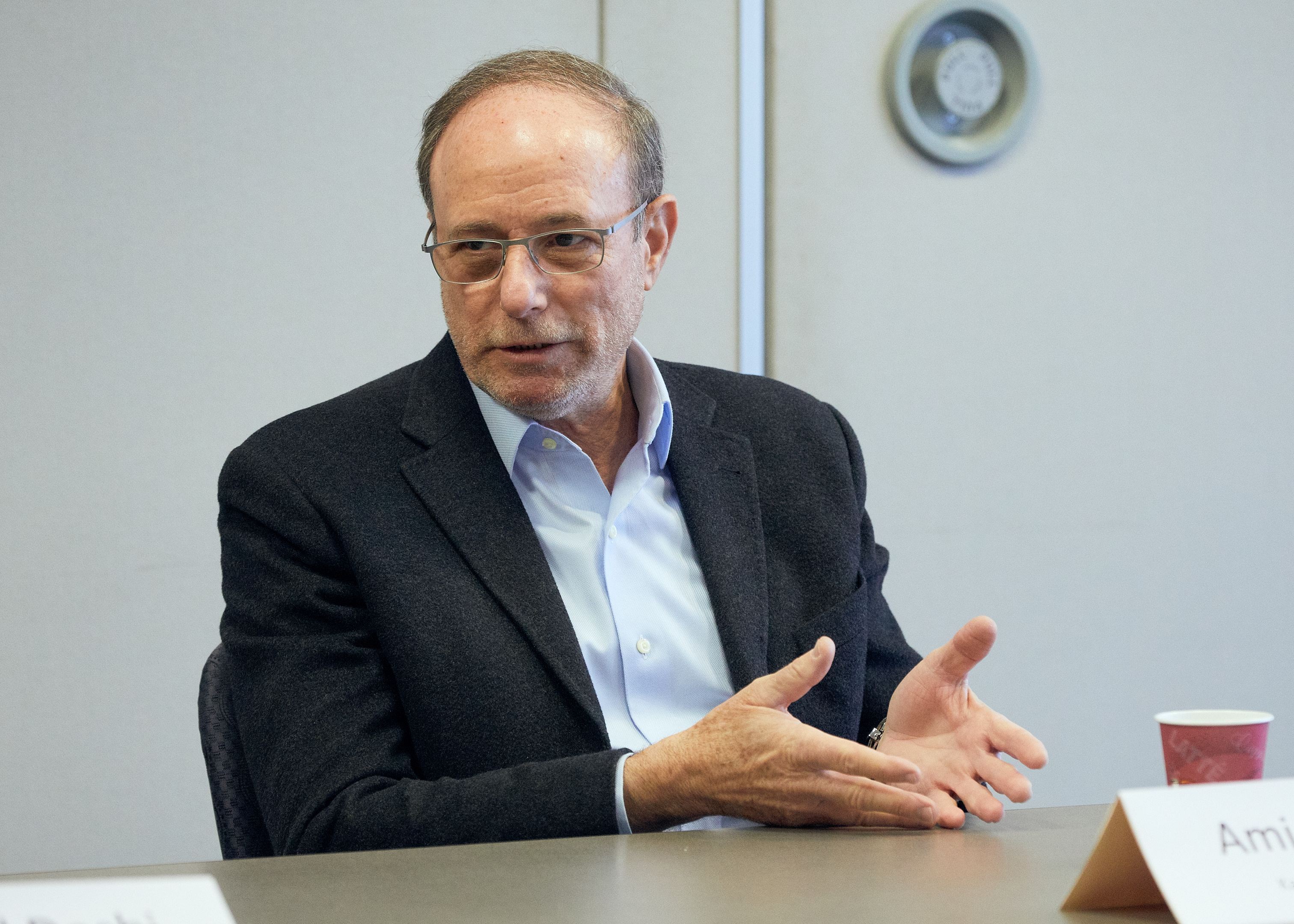
The lack of cohesiveness in other tech communities is evident, said Dotan. He said companies like Waymo, Apple, Uber and Tesla all are doing their own thing, but Michigan companies succeed because of cooperation and support.
“If you look at Auto ISAC (Automotive Information Sharing and Analysis Center), of which we became members, everybody cooperates,” Dotan said. “You don't need to disclose company secrets in order to cooperate.”
Cooperation drives a feeling of acceptance, attracts companies to Michigan and helps them grow, said Komal Doshi, director of Mobility Programs at Ann Arbor SPARK, a SmartZone-funded business incubator.
She said it’s important to look at how public and private sectors, startups and OEMs are engaged to work as equal partners and create a kind of “living lab.” “That opportunity is really rich here just because all the players are well-connected,” Doshi added.
Last fall, PlanetM and the Detroit Regional Chamber established Landing Zone, a 65-desk co-working space in the heart of downtown Detroit for startups and larger companies to benefit from automated, shared and electronic vehicle business development and resources.
“PlanetM has created a home team that brings all of us together in such a unique way. We don't see that anywhere else across the country. No other state is as coordinated as we are. And that has been really beneficial,” said Carrie Morton, deputy director of Mcity, a proving ground for testing connected- and automated-vehicles and technology on the campus of University of Michigan.
PlanetM connected Mcity with startup Dataspeed, a company that is helping the test facility improve not only the safety of technology being developed and tested on site but also in protecting the technology itself.
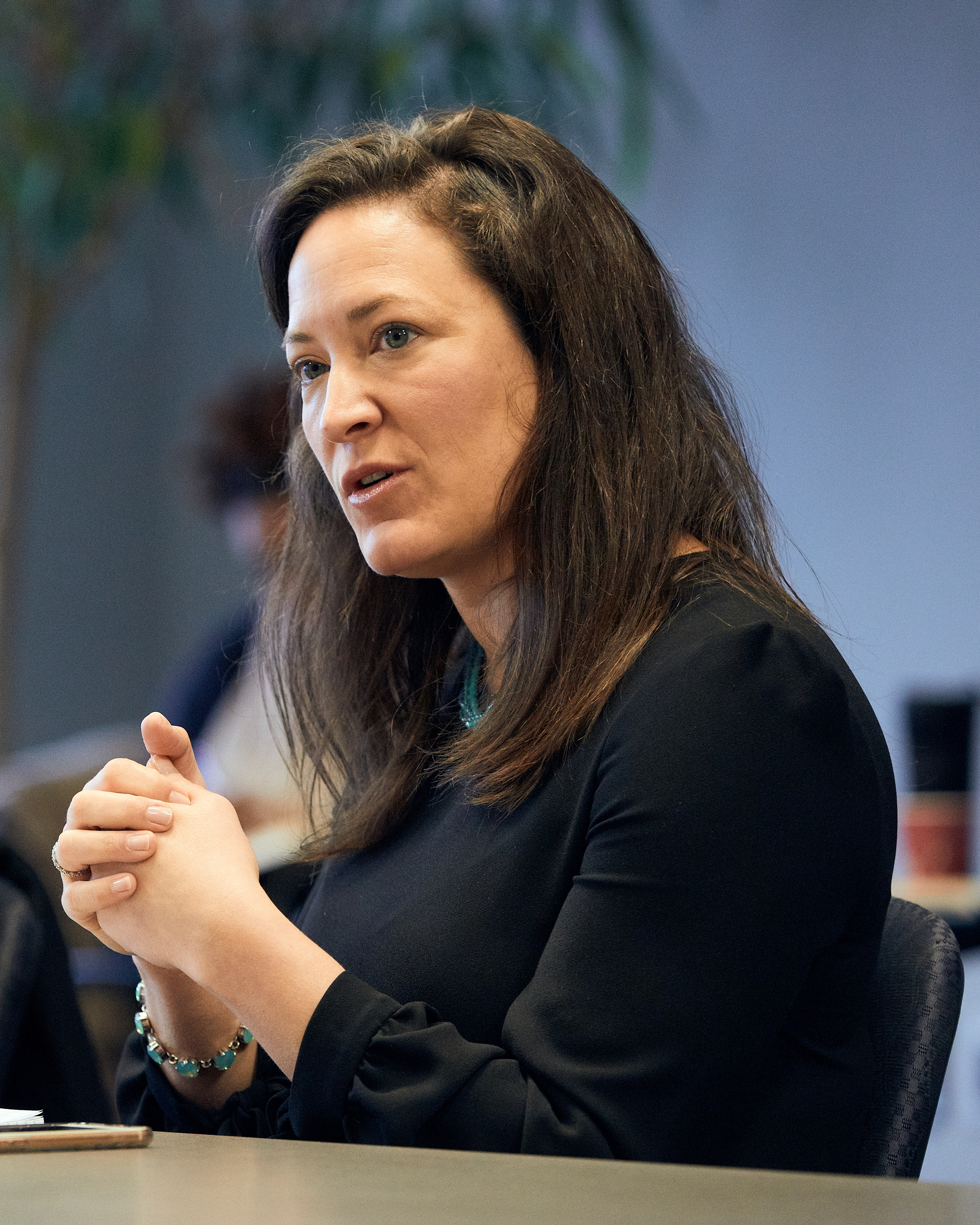
“Leveraging that platform…, we can test faster, safer and cheaper,” Morton said. “These vehicles with all of their prototype sensors, they're very expensive. So, we're able to provide an opportunity for them to come and either test their sensors or test their artificial intelligence capabilities on that platform. It's also allowed us to develop … augmented reality testing, which means we can test our vehicle in and amongst dozens, if not hundreds, of virtual reality vehicles reacting to each other in real time.
“But it’s going to take time, again, to really understand how we prove and validate that these technologies are safe or safer than with human drivers,” she added. “And that's where we like to work with our colleagues at American Center for Mobility (ACM).”
Like Mcity, ACM, a product development site located on a 500-acre former World War II bomber plant, is one of 10 federally designated proving grounds for developing and testing autonomous vehicles. It has a 2.5-mile highway speed loop, a 700-foot curved tunnel, two double overpasses, intersections and roundabouts, said ACM Chief Innovation Officer Soraya Kim.
ACM held its soft launch for testing in December. Supporting partners include Visteon Corp., Toyota Research, Hyundai America Technical Center Inc. and Adient. ACM announced a non-automotive cohort in April.
“We now have Microsoft as our latest partner. So, it is tech companies that are starting to partner with us, so that we can say, ‘Hey, it's not just GM or Ford,’” she said. “It's also Microsoft, it's Karamba. So, we can frame a little more differently that brings in that high-tech message.”
With help from Microsoft, ACM plans to design a cloud-based platform to collect, store and analyze data from tests held there.
Safety a priority
More people are recognizing the need for test and validation sites such as Mcity and ACM after three recent, highly publicized autonomous vehicle crashes.
A driver of an autonomous Tesla died last summer in Florida and another in March in California. Also in March, an autonomous Uber vehicle struck and killed a pedestrian in Arizona. All three drivers were using autopilot driver-assistance systems in Level 2 vehicles.
“Unfortunately, we have to take the good side of a bad thing,” said Dotan. “The technology allows us to correct and improve and reduce those unfortunate cases. (Automobiles have) the most complex transportation platform existing, more than an airplane. (But this) is like a black box thing. We find something was wrong, either with the pilots or with the equipment, and we correct it.”
More than 37,000 people died in car crashes across the country last year; that’s more than 100 people a day. Of those 100, about 15 a day were pedestrians.
Vehicle-to-infrastructure (V2I) can help eliminate or at least reduce those figures, Pawl said. “If there were more V2I at that intersection in Arizona, maybe some DRSC (dedicated short-range communications) technology could have prevented the crash.”
Steudle agreed. He said MDOT announced in 2014 it would deploy technology in intersections along 125 miles of roadways. The state has 155 roadside units up in Southeast Michigan, Ann Arbor and Lansing. “By the end of this year, we will be at 350 miles,” he said, adding, “by the end of next year, we’ll have 550 miles.”
Mobility to support equity
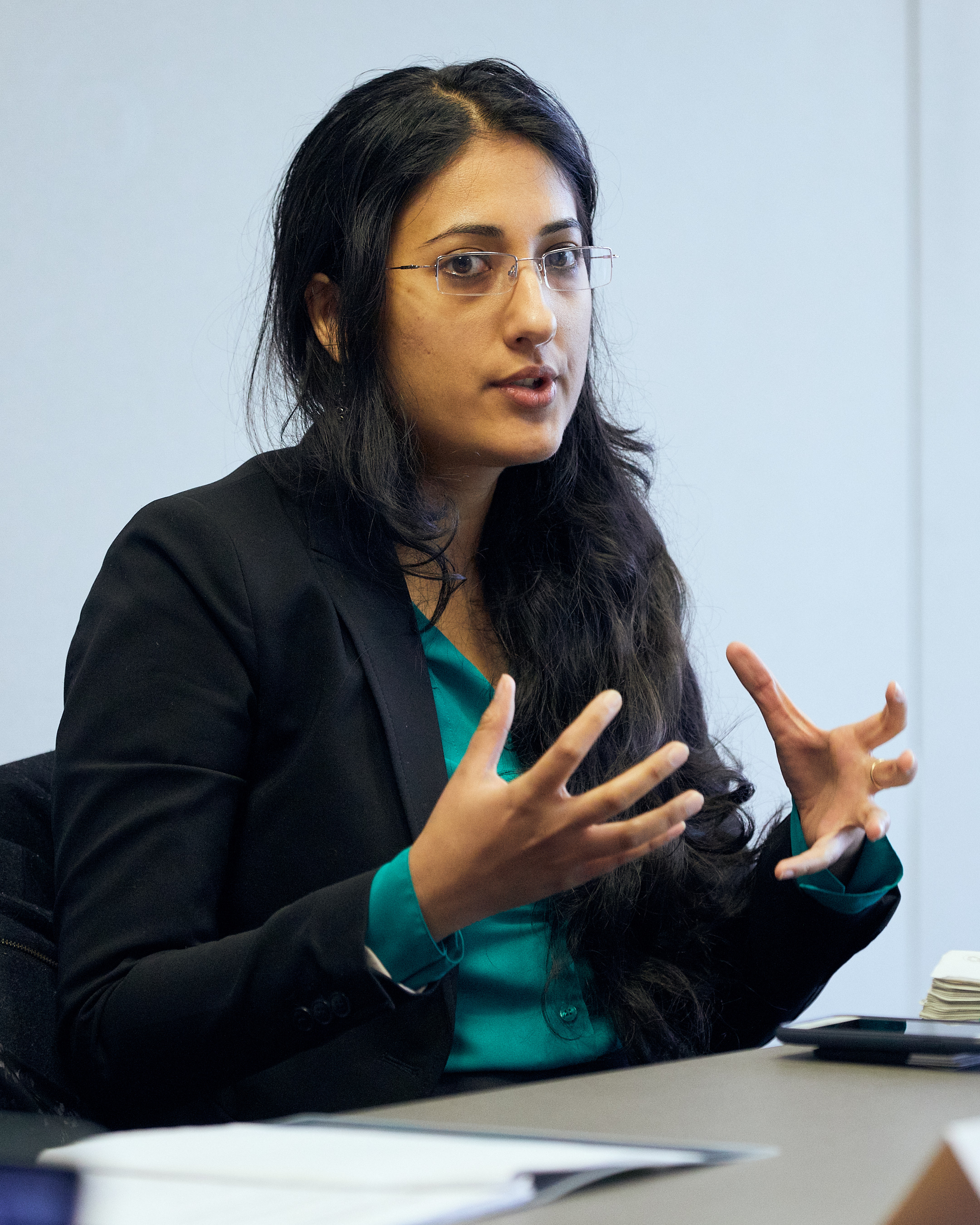
programs at Ann Arbor SPARK
In society, transportation is one of the biggest costs after housing.
“Most people are not able to move up in their careers because they cannot reach their jobs. Or they have children that can’t reach schools. Most healthcare appointments are un-met because there isn't a transportation element,” Doshi said.
Accordingly, experts say the mobility technology being developed and piloted should not just be about competition and getting from point A to point B, but it should bridge gaps in society and generate equity.
Mobility is about democratization, said Fleck. It’s about giving people choices they may not have had in the past and ways to attain mobility so they can be viable and add to their quality of life.
Doshi said current technology is enabling the development of shuttles that can take optimized routes and pick up multiple people. “That’s what Mobility as a Service (MAAS) is all about.”
Mcity launched an autonomous shuttle research project at UM this spring that is studying how passengers react to the technology and track ridership and usage patterns to guide researchers on ways to create safer, more efficient vehicles. The pilot is similar to the autonomous shuttle pilot May Mobility is doing with Bedrock in downtown Detroit. France-headquartered NAVYA manufactured the two Level 4 Mcity shuttles.
While MAAS is available to others through ride- and bike-sharing and car-hailing services, Wallace said it isn’t yet available in lower-income communities like Detroit where one-third of residents don’t have internet.
“If Detroiters can’t tap into it because they lack a smartphone or Comcast… then, really, we've created a two-tier Detroit,” he said.
Similarly, Morton said it’s important to ensure people with physical limitations aren’t left behind.
To be successful, Steudle said MAAS has to be integrated into transit services already available.
In Detroit, Detroit Economic Growth Association late last year put out a request for proposals for two mobility pilot transportation services “to understand barriers to bus riders using a ride-hailing service” and “to better understand the impact that mobility plays in participants of a (workforce) training program.”
Addressing the talent gap
Vehicles are software platforms on wheels. But leading in that space will depend on whether we have an ecosystem that’s fed by talent and business incubators, said Stevens.
In previous decades, he said, the top positions to fill at an automaker or supplier were mechanical and electrical engineers. Today, companies need connected systems and software engineers, coders and application developers.
“That's why we're involved in immigration reform, bringing veterans back into the workforce and the retraining and reskilling of people,” said Stevens.
This summer Ann Arbor SPARK plans to hold Tech Trek, where tech companies show off their latest innovations to high schoolers and undergrads.
In February, ACM held a career exploration day for veterans in the morning and students in the afternoon and they matched each prospective employee with one of 23 industry representatives, including the National Highway Traffic Safety Administration, said Kim.
Yet, Kim said ACM doesn’t want to wait for kids to reach college to begin recruiting.
“The talent pipeline really starts to dwindle at junior high school,” she said. By middle school, she said, kids begin to lose interest in science, technology, engineering and math.
“So, we are working with different organizations to try to offer maybe a day during the summer for STEM camps. We are also, as part of our academic consortium, exploring K-12 grant-funding opportunities, so we can have that continuous pipeline,” she said.
Even with talent, however, Michigan needs more aggregators, or business accelerators like TechStars Mobility or the incubators out of Michigan’s 17 SmartZones, according to leaders in the mobility landscape.
ACM intends to help fill that gap. Kim said ACM is leading a trip around the world to identify hubs of innovation and new technologies. The idea is that these organizations would come to ACM.
“I think we'll be able to be that showcase for prospective funders and partners and customers. Eventually when our technology park is built out, we will have an incubator accelerator,” she said.
Be part of the mobility ecosystem in Michigan. Learn more at www.planetm.com.
Don’t call it driverless
Richard Wallace, director of Transportation Systems Analysis at the Center for Automotive Research, argued there’s a driver in each level of vehicle automation. “A fully automated vehicle is not a self-driving vehicle. It's driven by a computer, a computer that uses artificial intelligence,” he said. The six levels of automation are:
0 – No Automation: Driver performs all tasks.
1 – Driver Assistance: Some in-vehicle driving-assist features, such as braking assistance.
2 – Partial Automation: Vehicle has some automated functions, such as acceleration and steering. Drivers perform most functions.
3 – Conditional Automation: Vehicle has environment-monitoring sensors and some automated functions. Drivers must be able take control.
4 – High Automation: Sensor-equipped vehicle capable of steering, braking, accelerating and determining when to change lanes and turn under certain conditions. Driver has the option of controlling the vehicle.
5 – Full Automation: Sensor-equipped vehicle capable of performing all driving functions under all conditions.
What’s new in mobility
Numerous mobility-related project launched in Michigan in the past year and many others are underway.
- Continental AG and Magna International Inc. in August, test drove automated vehicles for 300 miles with two border crossings — one in Detroit Windsor Tunnel into Canada, where the cars would not have access GPS, and then they returned on Blue Water Bridge from Sarnia back into Michigan where the technology communicated with the area infrastructure.
- FCA U.S. LLC in August announced it would partner with BMW Group, Mobileye, an Intel Corp. company to develop an AV platform scalable for Level 3 to Level 4/5 driving that automakers around the world can use and still maintain their own brand identities.
- The U.S. Army Tank Automotive Research, Development, and Engineering Center (TARDEC) demonstrated platooning technology during drive across the Blue Water Bridge from Port Huron to Sarnia last fall. The convoy of four vehicles included two tractors equipped with autonomous technology that drives the vehicle along a pre-programmed path and includes driver-warning features. Part of the test included autonomous steering and leader-follower platooning where the lead vehicle communicates and with follower vehicles so they follow each other closely and brake, accelerate and steer according to the lead vehicle’s instructions. “I was in that vehicle. It was quite amazing to watch this 60,000-pound truck steer itself and to watch the steering wheel controls,” said Kirk Steudle, director of the Michigan Department of Transportation. “Where the consumer should be interested is (platooning) is an efficiency in the trucking system of about 10 to12 percent, which means the cost of shipping goes down 10 to 12 percent.”
- MDOT plans to launch a $1 billion project to turn part of I-75 — from Hazel Park to Pontiac — into one of the first “connected work zones” to test V2I communication. Three miles of the freeway will have all-weather lane markings, retroreflective signs with smart sign technology and Dedicated Short-Range Communication Devices.
- Ford earlier this year announced plans to work with test and deploy a new vehicle-as-a-service platform later in the year. The automaker also plans to work with Qualcomm to bring cellular vehicle-to-everything technology to all of Ford’s vehicles. And Ford said it would partner with delivery service Postmates to test autonomous driving technology for deliveries.
- General Motors Co. announced a partnership with Amazon in April that would allow the online retail giant to deliver packages to the trunks of newer GM vehicles. The automaker also said it plans to begin manufacturing the Cruise AV for deployment next year. The company hopes not to include steering wheels or pedals in the vehicle.
Contact Us
To contact a business development specialist, click here or call 1.888.522.0103.